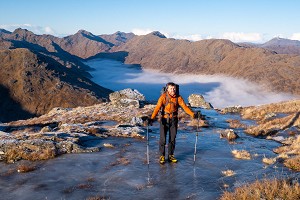
If you're looking for a new synthetic insulated jacket, you're spoilt for choice: the market is very crowded. Among the many brands on offer Alpkit may have a bit of a Skoda-like reputation for value, but I think with the Katabatic they've moved a step upwards in terms of premium design and quality. At a lightweight and versatile 400g (size Medium, my measure) the Katabatic jacket is championed by Alpkit as being both highly breathable and suitable for a range of activities and conditions. Dropping it in the deep end, a bit of Scottish winter climbing seemed a good place start putting it through its paces!
I first wore the Katabatic jacket during a Cairngorm winter climbing walk-in. Conditions were cold and I wore only a thin base-layer under the Katabatic; I was warm but didn’t feel sweaty despite a brisk pace carrying climbing gear. This did give a real sense of how breathable this jacket is. With a gain in altitude the wind progressively picked up and I did begin to feel a hint of coolness penetrating the jacket – Alpkit have deliberately chosen an outer fabric with a degree of air permeability, to help with breathability (see below). Adding a shell jacket (in this case the Alpkit Definition) over the top of course instantly turned up the heat.
"I feel the jacket has greater versatility because it is not attempting to combine insulation with some kind of weatherproof shell"
Mix and Match
To test its all-rounder credentials I've since had it out on several more winter mountaineering days, a bit of cold weather cragging, some winter hill running plus the usual family walks; this is definitely a jack-of-all-trades that suits a wide range of uses.
For example, at around 400g and with a small packed size this would be a good summer hill walking backup to keep in the rucksack. I have also carried the Katabatic whilst winter running in the bleak Lammermuir Hills. Despite its insulating power, it disappeared into a minuscule stuff sack in my running backpack, and I was able to have a very cosy lunch stop during my run.
In contrast to many beefier synthetic insulated jackets, the Katabatic has more of a wear-on-the-move feel. I think this jacket has greater versatility too, precisely because it is not attempting to combine insulation with some kind of weatherproof shell. It does not try to be a standalone piece; it's not up to rain, or long belays in rivers of spindrift. Instead this jacket can be both a light and warm top layer when you're working hard in decent weather, and in addition a fantastic breathable mid-layer when the weather has you reaching for your waterproof shell. Even this doubled-up clothing arrangement feels light while walking, and totally unencumbered when climbing.
Since the Katabatic is weighted more like a mid layer, in really cold wild conditions climbers might find that an additional belay jacket becomes necessary; however so far when winter climbing this season, I've not felt the need - the Katabatic plus a shell has done me fine.
Getting hold of this has suddenly rendered my various fleece tops a bit redundant. In short, it's really versatile.
"This isn't the cheap and cheerful sort of stuff with which Alpkit have been associated in the past, but compares head-to-head in both performance and price terms with rivals at a more premium end of the market"
Double act
So far I have mostly been wearing the Alpkit Katabatic all day in the mountains with an Alpkit Definition mountain shell over the top as and when required (see our review of that here). This is a great double-act. There's no awkward mismatch of compatibility or proportion at the bottom hems, cuffs or the hood. It does not feel like you are wearing two coats.
Fit and Cut
I've been wearing a size Medium. At about 5’11’’ and roughly 73kg, there's ample space for me to add other fleecy layers if needed, yet it's trim enough not to feel bulky underneath a shell. The sleeves are nice and long which means they don’t ride up when reaching and climbing. Also because the cuffs are simple elastic they do not fall over the hands, and you never have to think about adjusting them. The cut is medium-short, and neat. In terms of maximum weather protection another inch or two on the hem length would not have gone amiss, particularly at the rear; however everything does still stay tucked in and comfy, so when climbing I've had no issue with the hem riding up out of a harness.
Stripped back features
You get three zipped pockets - a single small one on the chest which is sized for a mobile phone, plus two hand warming pockets. Cut into the layer of insulation so that they can act as vents, these are a reasonable size for bits and bobs; they are not really usable when you're wearing a harness or rucksack hipbelt however.
In my opinion this pared-down jacket simply does not need extra features like a wired hood or adjustable Velcro cuffs. This is because at the time these features are truly needed one would have already reached for the mountain shell jacket to wear over the top. There’s an elasticated drawcord hem and that’s about it; and I think its simplicity is very much in the Katabatic's favour - it certainly has to have helped with regard to keeping the overall weight down.
Hood
When climbing, the hood fits neatly under a helmet; and then when the weather really demands it, with a shell jacket over the outside of the helmet you feel well sealed against the elements without vision being restricted. If I was being picky, one observation about the cut of the hood is that although it is well fitted over the head it is less well cut into the back of the neck. As a consequence it does seem to create a bit of a void there (at least for me) which behaves like bellows when you move your head. Despite what I just said about simplicity, then, perhaps a rear volume adjuster might have helped a bit here.
Outer fabric
The outer skin is not shiny and smooth, instead it has almost a brushed feel. Although light rain does bead on the outer, as you might expect with a new jacket, this does not give the sense of being a weatherproof layer. There's quite a high degree of air permeability, which means maximum breathability and comfort when you're working hard; on the flipside of course, the more air permeable something is, the less windproof it tends to feel - and just to reiterate, you can certainly feel a stiff winter breeze through the Katabatic. However I feel this jacket sits in a niche in which extensive weatherproofing is not necessary. At risk of repeating myself, that's what your shell is for.
This lightweight 20-denier fabric is quiet and rustle-free and it has a slight stretch to aid freedom of movement. Along with the neat cut of the jacket and its air permeability, this creates the sensation that you are a bit underdressed, and yet in reality you are still cosy; it took me a while to get used to this.
Insulation
According to Alpkit, the PrimaLoft® Gold insulation in use here requires less structure and stitching to stabilise it and keep it in place - the result being fewer stitch lines. Less stitch-through means fewer cold spots where the insulation is pinched. The stitching which is present matches the single-colour fabric, and it's almost invisible; this further enhances the simple, minimalist look and feel of the Katabatic jacket (the green ‘Rocket’ colour also looks fantastic!)
By way of comparison, take the popular Montane Prism (£110). Both this and the Katabatic are a similar overall weight, at around 400g, and both fit the light-insulated-midlayer-to-outer-layer niche. Perhaps the key difference however is that while the Prism has 40 g/m2 PrimaLoft Silver Eco insulation, the Katabatic has 60 g/m2 PrimaLoft Gold insulation. Firstly that is 50% extra insulation on a jacket which is essentially the same weight. Secondly, Gold beats Silver in terms of both insulating performance and moisture management when you're working hard. These differences are surely worth the extra £30, and suggest that the Katabatic does pack rather a warm punch for its modest weight.
Moisture can appear in any clothing irrespective of breathability, depending on conditions and how hard we work. Working hard in damp, murky winter conditions I have occasionally been aware of moisture appearing on the outer skin of the Katabatic when worn under a shell. However it's no worse than other duvet jackets in my experience, and none of this moisture has penetrated the jacket - so I've always felt bone dry and warm underneath. Again, I think that's down to the PrimaLoft Gold fill, which has good moisture managing properties and is designed to stay warm when wet.
Summary
When thinking about the Katabatic jacket I realised the importance of evaluating clothing from the perspective of how it combines with other items in the outdoor wardrobe, rather than just being examined in isolation. I’ve concluded that the Katabatic excels as a team player!
This jacket is not trying to play the hero and cope with all conditions on its own. Instead it can simply join forces with a proper shell when things get really nasty. The Katabatic can play a key role at the heart of a clothing system, allowing comfort, breathability and warmth to easily be optimised right across a spectrum of weather conditions and levels of exertion. Whether you're climbing, walking or even running, this is a great item of winter clothing that will obviously find a use in the warmer months too. With the Katabatic I think it's fair to say that Alpkit have upped their game; this isn't the cheap and cheerful sort of stuff with which the brand has been associated in the past, but compares head-to-head in both performance and price terms with rivals at a more premium end of the market. Highly recommended!
What Alpkit say:
Katabatic is so versatile that prototypes have been used for activities as diverse as horse riding through Utah canyons, rock climbing in Pembroke, un-seasonably cold summer camping in Europe, and throwing on after pretty much every watersport conceivable. It is so comfortable I’ve even slept in it.
What makes the Katabatic really special is the combination of insulation and fabric we’ve chosen. On the inside the 60 gsm Primaloft Gold Active insulation has been engineered to pack even more warmth for its weight, and to be more breathable in use than it’s ‘non-active’ cousin. On the outside we have selected a fabric with a small degree of air permeability, which will help move moisture out through the jacket, whilst still effectively blocking most of the wind that might be blasting at you. This means that you can wear your synthetic insulated jacket whilst working hard without getting the dreaded ‘boil in the bag’ feeling.

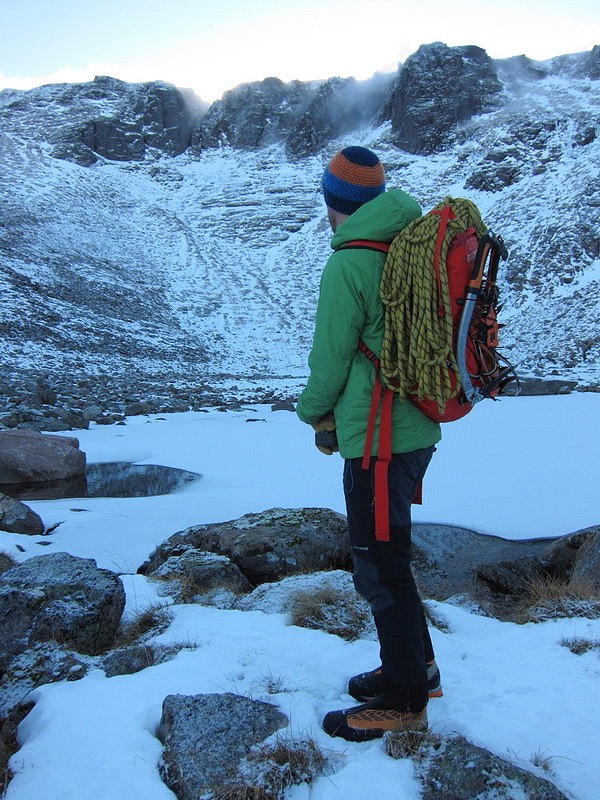
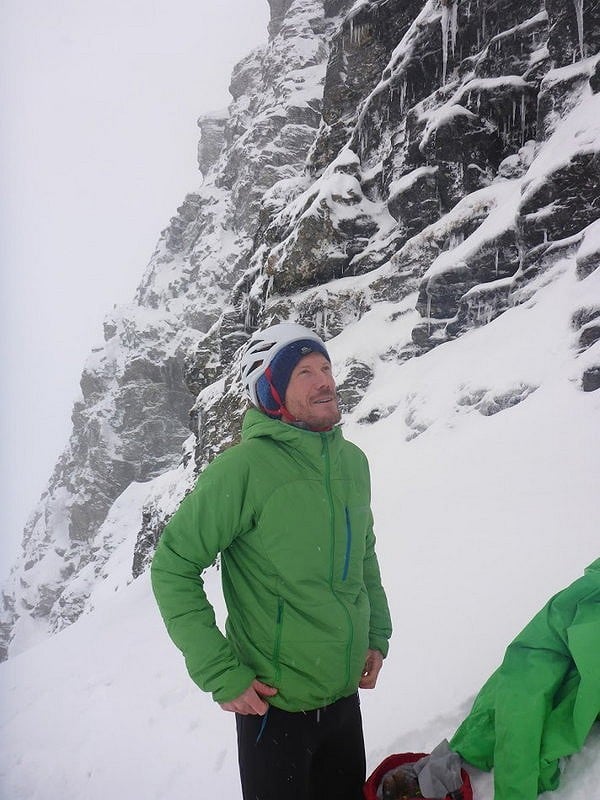
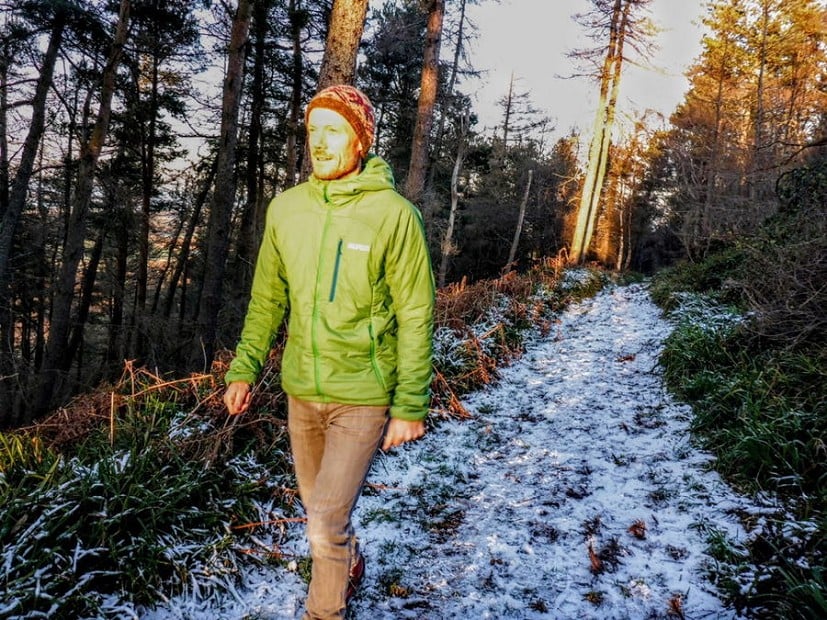
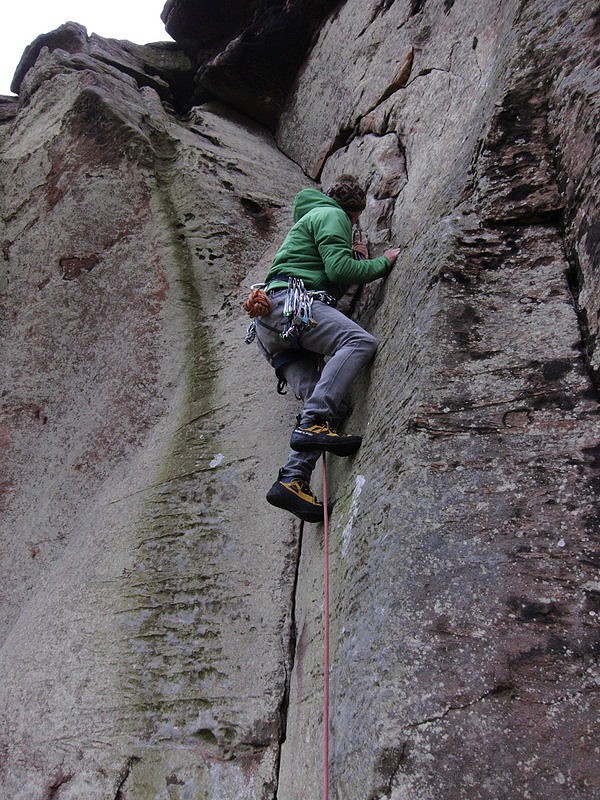

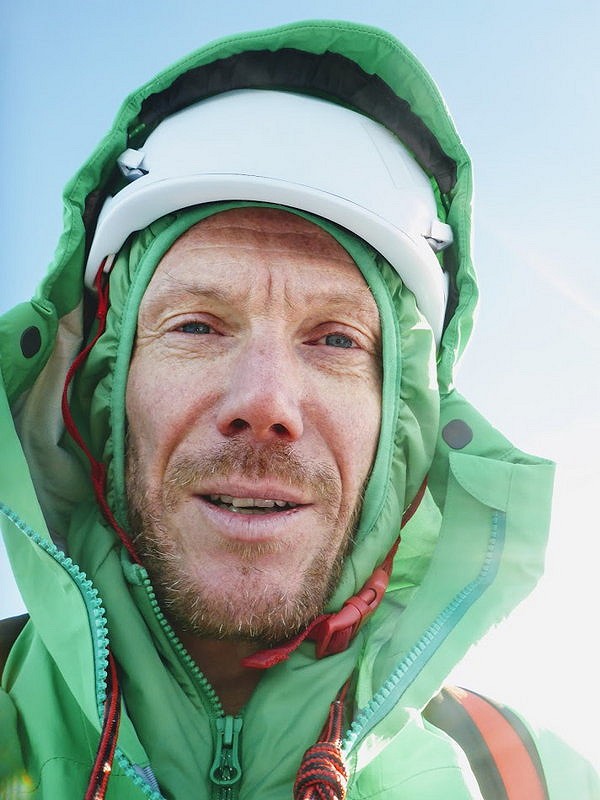

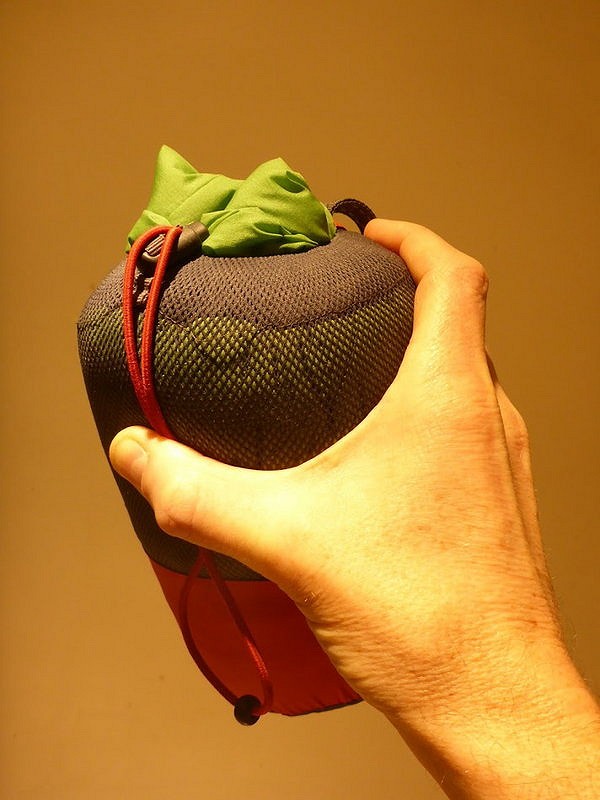
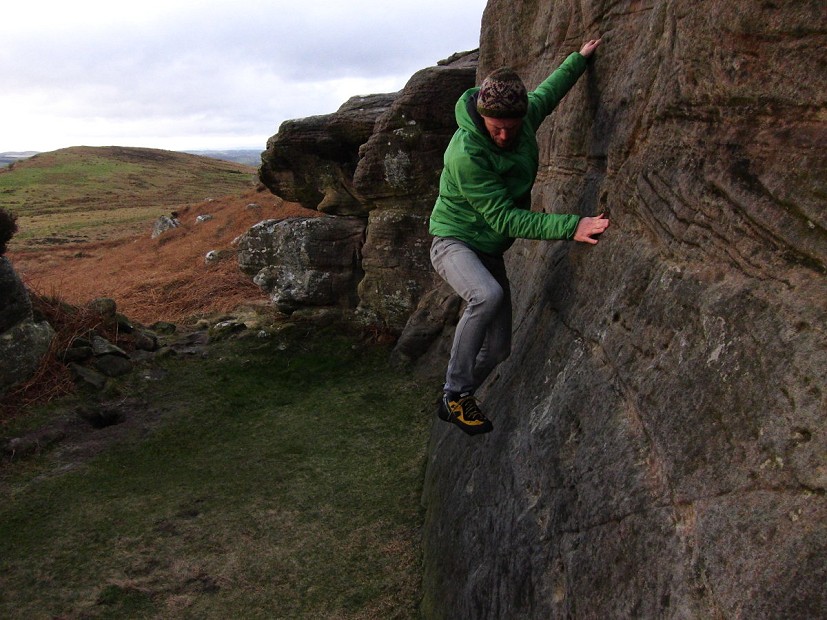
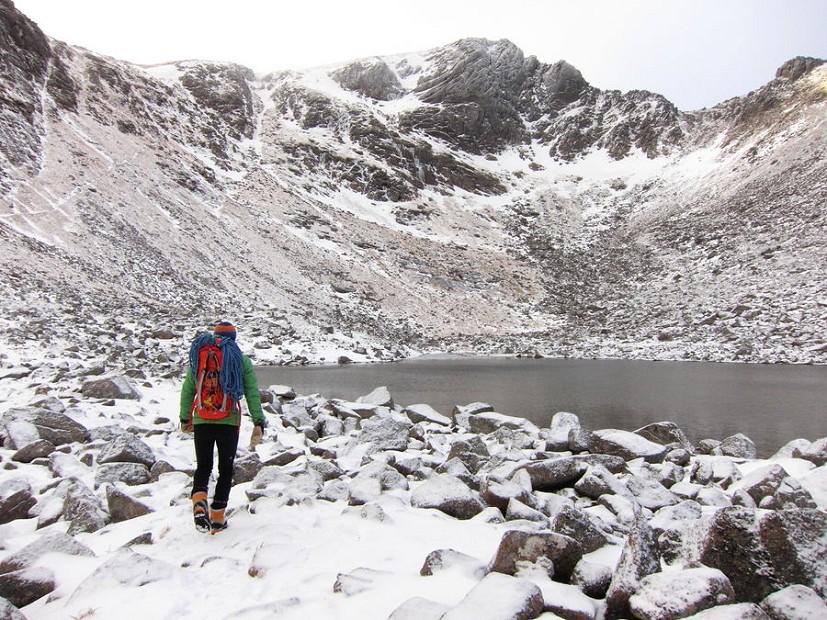
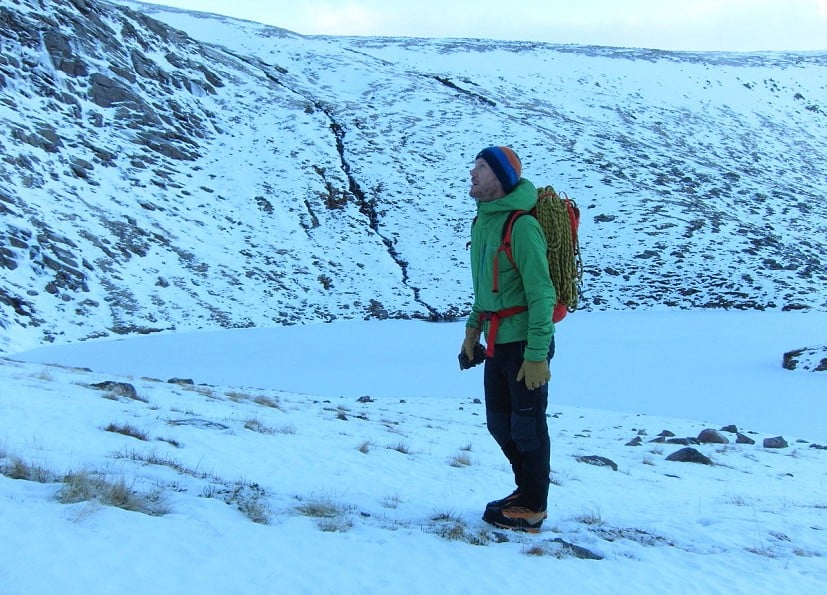
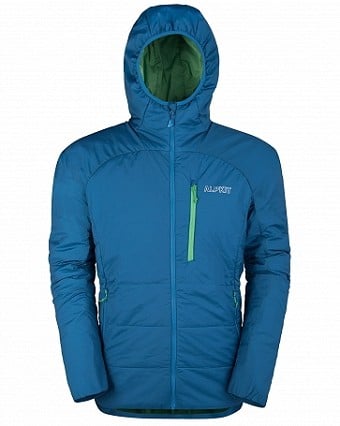
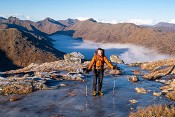

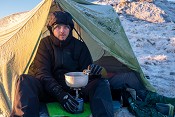
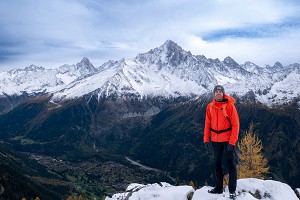

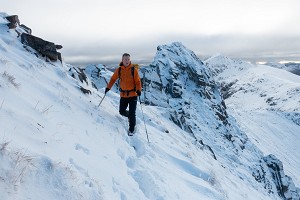
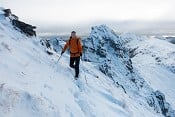
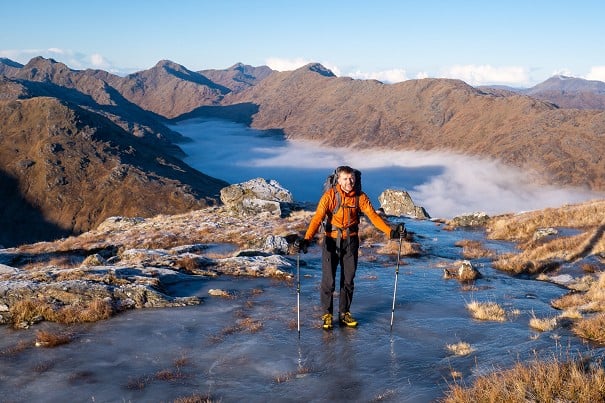

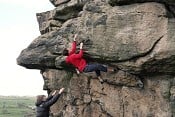
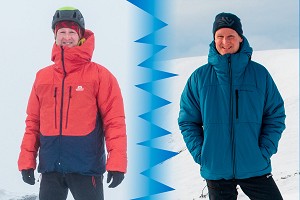

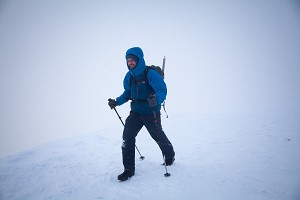
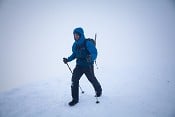
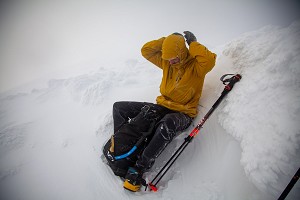
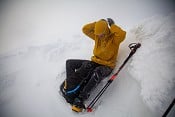
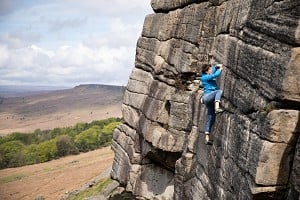
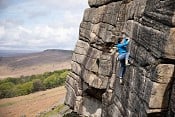
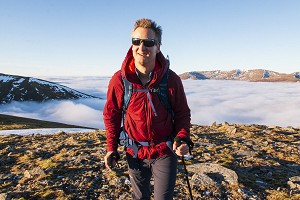
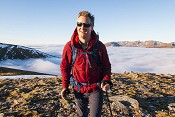
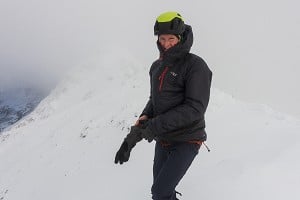
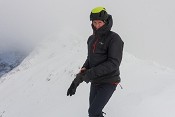


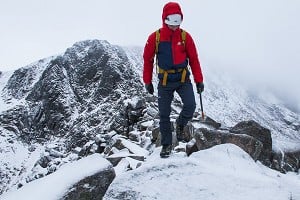
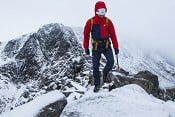


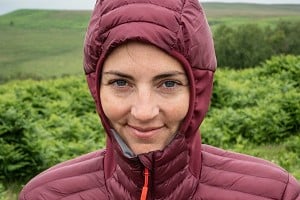



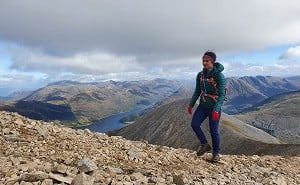
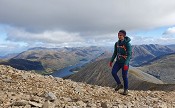


Comments